If you’re planning to buy or lease an electric vehicle (EV), you should also consider the EV charger type you will be using. It is important that you factor this as part of your ownership costs to avoid wasting time and money on the wrong unit.
What type of charger does my car support? How fast does the charger work to reach full charge? How far do you drive every day? What is Type 2 charging? These are just some of the questions you need to answer before buying and installing an EV charger.
Knowing the different EV charger types can help you choose the right unit for your vehicle. This article is your guide to EV charger types.
AC or DC?
Different electric cars or electric vehicles (EVs) have different charging times and methods. Charging methods affect charging speed.
There are two ways to supply electricity – Alternation Current (AC) or Direct Current (DC). The power supplied by the grid is AC because it can easily change from lower to higher voltages. Higher voltages enable a more effective supply of electricity over long distances, but they’re not good for everyday use.
To charge an electric vehicle, power must be transformed from AC to DC and kept inside batteries. When it comes to small devices like laptops and mobile phones, a converter is generally integrated within the plug.
With electric vehicles, converters are embedded within the car to enable you to charge in the comforts of your home with a 3-pin plug. This type of charging, however, is very slow. There are electric vehicles that can charge much faster through fast-charging stations.
To do fast charging, a larger converter outside the EV is required to convert AC to DC. Larger converters AC supplied by the grid quite fast. It also enables DC power to flow straight into the car’s battery from the charging station, bypassing the car’s converter and significantly reducing charge time.
AC and DC have different charging curves while charging which results in different charging speeds during the charging cycle stages. It would take 24 hours to reach full charge with AC charging since it transfers limited power over a longer time period.
Overall, charging is much faster with DC, although it does slow down gradually – generally at 80% charged. This is why manufacturers label the charging time at 80%, instead of 100%. It’s also better for the battery’s longevity to maintain a 20%-80% charge range.
Charging Station Types – Charging Levels
There are different EV charging levels and each determines the EV’s charging time. Charging times and charging levels work on plug-in hybrids and electric vehicles, but not with traditional hybrids. Hybrids are not charged by external chargers but by the engine or regeneration.
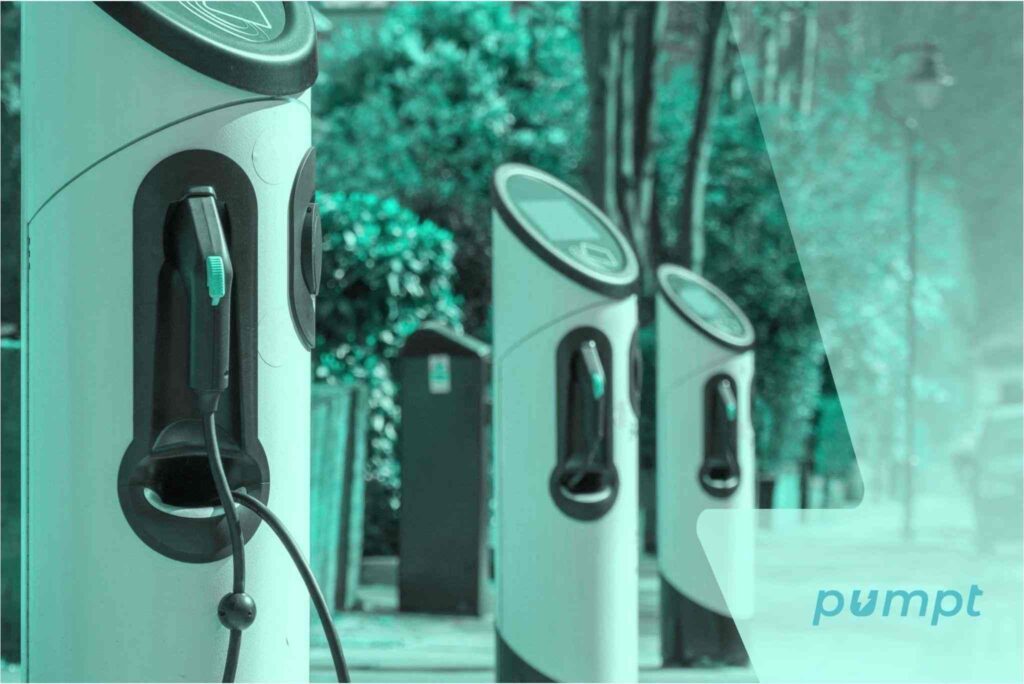
Three EV Charging Levels
There are three EV charging levels; Levels 1, 2, and 3. Level 3 features Testal Supercharging and DC Fast Charging. The higher the charging level, the faster it charges, since more power is being supplied to the car.
It is important to remember that different electric vehicles have different charging speeds on every level since every EV can take different power levels from the charger or electric supply equipment (EVSE).
Once an electric car is plugged in, communication occurs before the charger energizes. The vehicle assesses the amount of power the charger can deliver and then calculates the maximum amount of power the station can supply and the car can accept.
The car will always determine the amount of power it accepts, so don’t worry about using a charging station that can supply more power than your electric car can take. The vehicle won’t allow any charger to transfer too much power.
Level 1 Charging
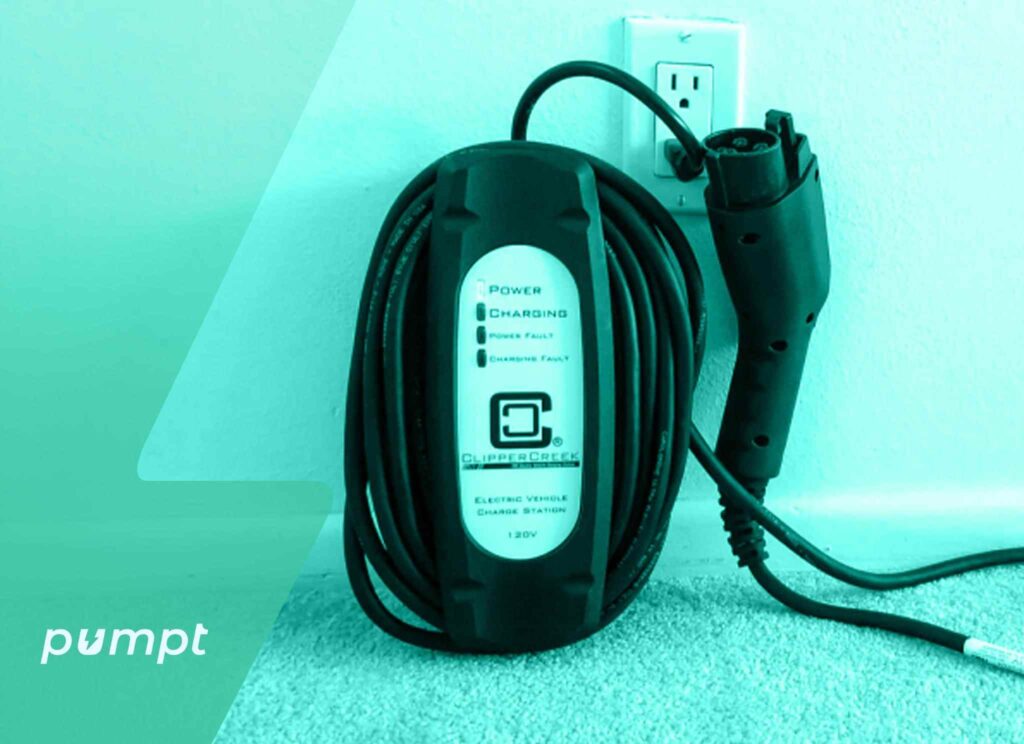
Level 1 charging connects to the 120-volt home outlet. Every plug-in hybrid or electric vehicle can charge using Level 1 simply by plugging the charger into the home’s wall outlet. Level 1, though, is the slowest EV charging method. It delivers between 3 to 5 miles of range/hour.
Level 1 charging is fantastic for PHEVs or plug-in hybrid electric vehicles since they contain smaller batteries that are lower than 25 kWh. Since electric vehicles have larger batteries, this level of charging is low for daily type 1 to type 2 charging adapter, unless you’re not driving very far every day.
Features or Level 1 Charging:
- Charging: 120-Volt
- Charging Speed: 3 to 5 miles/hour
- Connectors: J1772, Tesla
- Locations: Home, Public & Workplace
Level 2 Charging
Level 2 charging is the most common EV charging today. A Level 2 charging station is installed at home, in public areas, at the workplace, and in other places. Level 2 charging can recharge in a 12 – 80 miles per hour range, depending on the charger’s power output and the car’s maximum charging capacity.
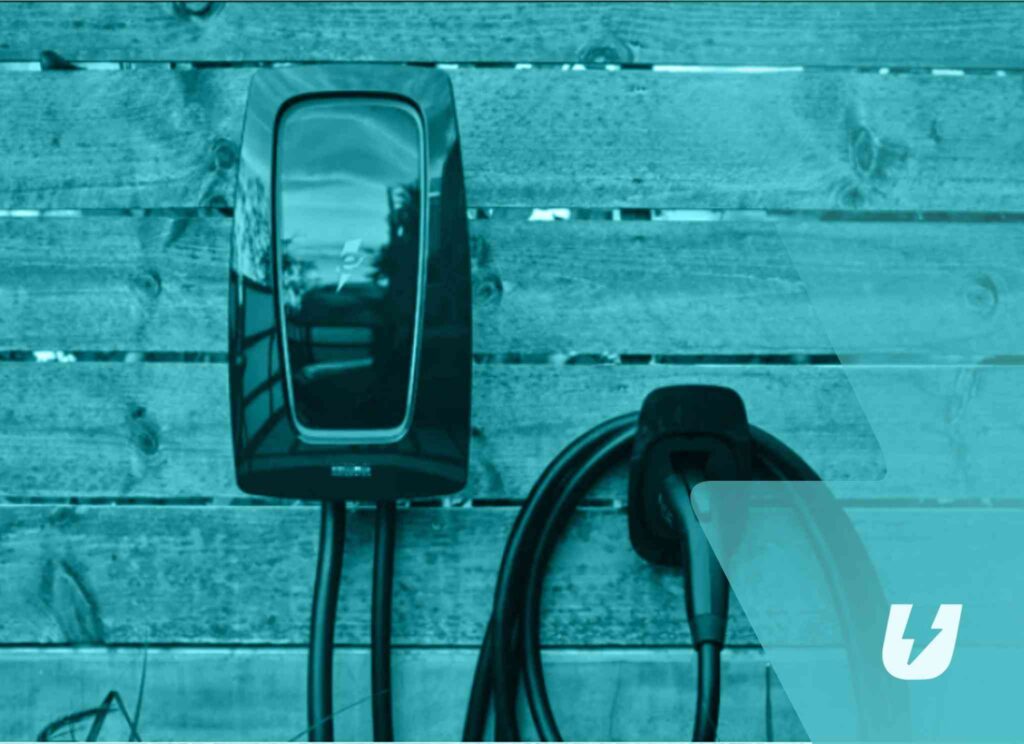
The majority of EV users prefer Level 2 charging equipment at home since it charges 10 times faster than Level 1 charging. Using a Level 2 charging station generally means your car will be fully charged overnight with an empty battery.
Level 2 chargers can supply 80 amps of power, although this requires a dedicated 100-amp or 208-240V circuit and a large, supply line attached to the breaker box. The majority of owners are contented with a 40-amp level 2 charger kW supplying 9.6 kW to their cars.
A 48-am charger charges slightly faster up to 11.5 kW but needs a bigger gauge wire with a charger hardwired to meet the NEC code. 48-amp chargers, therefore, cost more than 40-amp units but provide significantly faster type 2 charging cable pinout.
Level 2 Charging Features
- Charging: 208-Volt to 240-Volt
- Charging Speed: 12 to 80 Miles/Hour
- Connectors Used: J1772, Tesla
- Locations: Home, Public & Workplace
Most EV owners consider Level 2 charging more suited to their everyday charging needs.
Level 3 Charging
Level 3 is the fastest charging type, recharging an electric vehicle at 3-20 miles of range/minute rate. Level 3 charging utilizes DC or direct current – unlike Levels 1 and 2 which use AC or alternating current.
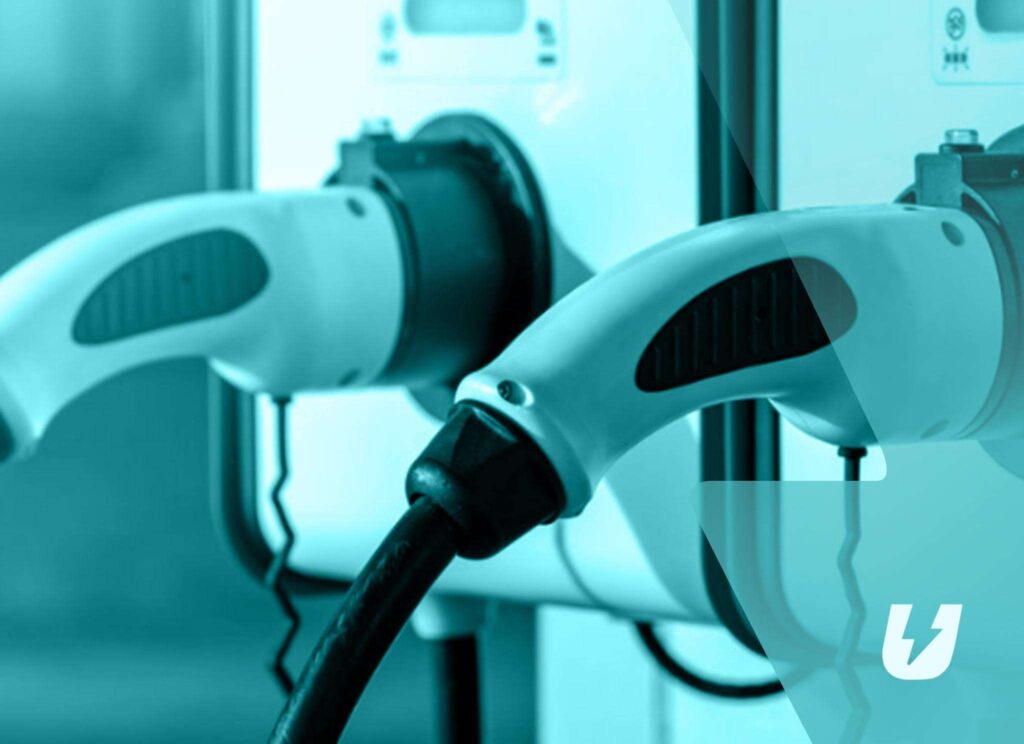
Type 2 EV Charging Station
Level 3 charging also has a significantly higher voltage than Levels 1 and 2, which is the reason you don’t get to install Level 3 chargers at home. Residential locations with the high-voltage supply necessary for level 3 charging are quite rare.
DC Fast Chargers also cost a lot. So even if your home has 400-volt electricity service, installing the charger would cost you more than the purchase of your EV. Level 3 Tesla chargers are called Superchargers, while others are considered DC Fast Chargers, i.e. CHAdeMO used by the latest Nissan EVs.
Level 3 Charging Features
- Charging – 400 to 900 Volt (Supercharging and DC Fast Charge)
- Charging Speed – 3 to 20 Miles/Minute
- Connectors: CHAdeMO, Combined Charging System
- Locations: Public
EV Charger Types – Charging Cable or Modes
Charging stations are using either tethered or untethered cables. Untethered cables are generally used by universal charging stations, so there’s more flexibility in terms of the cars that can use them. Untethered cables are very common in fast or slow-charging stations along the highway.
Tesla Superchargers use tethered or fixed cables so that Tesla owners can enjoy the fastest charging speeds.
Charging cables have four different charging modes – Mode 1, Mode 2, Mode 3, and Mode 4.
Mode 1
Mode 1 is the simplest charging model. It just requires a direct connection from an AC main socket to the vehicle. However, this also entails that the mode has no unique safety system. You’ll likely avoid using this mode as an EV owner for safety reasons.
Mode 2
Mode 2 charging utilizes the cable provided with your electric vehicle, effectively considered the original cable for EV owners.
Mode 2 is among the slowest method to recharge. These cables come with a Cable Control Box or ICCB, essentially replacing the circuitry found in the public charging stations, enabling safe car charging at home with a standard three-pin socket.
Mode 3
With Mode 3 charging, a Control Box is merged into the charging point. Public charging points and wall boxes using AC or alternating current use this mode.
Mode 3 charging enables communication between the chargepoint and the car sot the latter can instruct the former to stop charging once it is full.
Mode 4
Mode 4 is the only charging method that utilizes a direct current of DC. The charging station is generally much bigger, containing a converter that transforms AC to DC at a faster rate than your electric vehicle’s onboard converter.
EV Charger Connector Types and Plugs
Cables with the following plugs can be used for charging at EV sockets with AC (alternate current):
- UK 3 Pin Plug
- Schuko plug – Mode 1 & Mode 2
- Type 1 Yazaki plug – Mode 3
- Type 2 Mennekes plug – Mode 3
- Type 3Z Scame plug – Mode 3
Cables attached to their connectors and the charging infrastructure for DC (direct current) charging include:
- CHAdeMO connector – Mode 4
- CCS (Combined Charging System) COMBO1 & COMBO2 connector
3 Pin Plug
3-Pin plug charging enables you to use your home’s 3-pin domestic socket to charge your electric car. Generally, you’ll need a 3-pin plug – Type 1 to 3, or Type 2 to 3 pin charging cable, and it usually comes with your electric car.
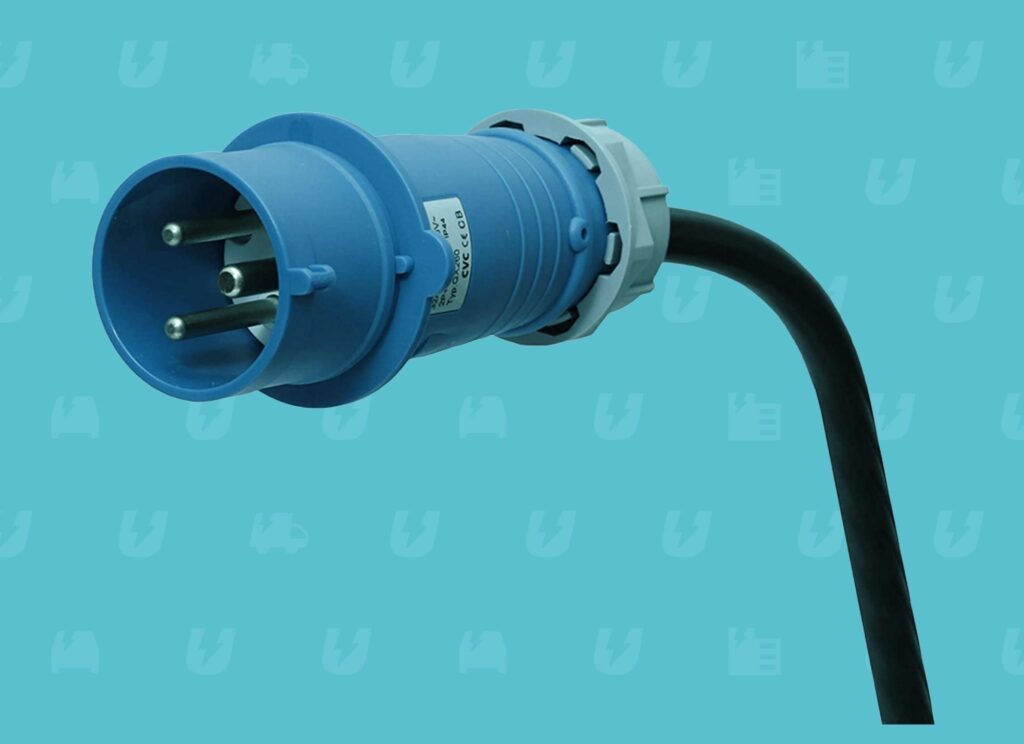
3-Pin plug charger
To use a 3 Pin plug charger, just plug the unit into a 3-pin socket inside your house and connect the other end to your electric car.
The standard 3-pin domestic socket was not designed for prolonged high-power charging so it is ideal only for emergency situations. The 3-pin plug charger would require a 3-pin socket at 2.3kW or 2.5kW for a long period.
Plugging into a domestic socket that’s near its maximum capacity of 2kW will put some strain on the cable’s circuit, and socket, risking overheating or overloading.
Type 1 EV Charger Connector
Type 1 is a single-phase plug that enables you to charge at 7.4 kW or 230 V, 32 A power levels. This standard is generally used for Asian car models and is rare in Europe. It’s the reason why Type 1 charging stations are very few in the UK.

Type 2 EV Charger Connector
Type 2 is widely used and considered a standard model in Europe, although not much in France. Charging levels can reach 22 kW in single-phase private spaces, while public charging infrastructures can use up to 43 kW or 400 V, 63 A power levels. The majority of charging stations have type 2 connector at home.
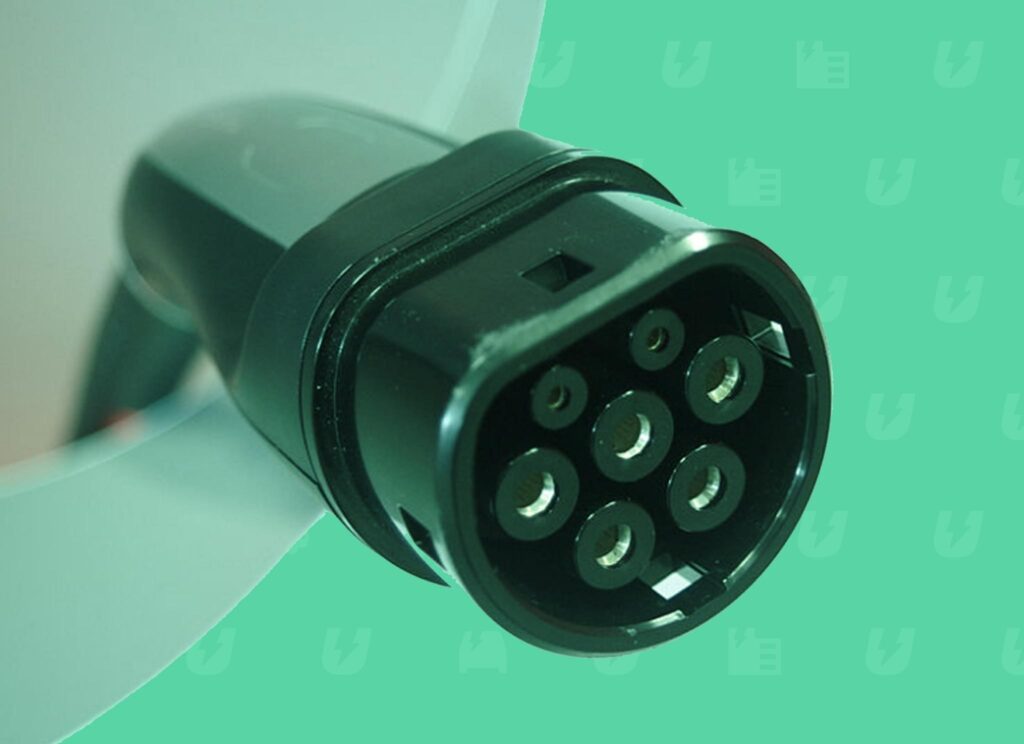
Mode 3 cables can be utilized with type 2 plugs, and electric vehicles charge using both Type 1 and 2 plugs. Mode 3 cables along the charging stations’ sides have Type 2 Mennekes plugs.
CHAdeMO
Cables with a CHAdeMO connector are the common standard for fast DC charging. These cables are used on vehicles such as Citroen, Peugeot, Mitsubishi, and Nissan. Presently, it charges up to 50kW maximum power on international charging infrastructures, although it can charge at higher power levels.
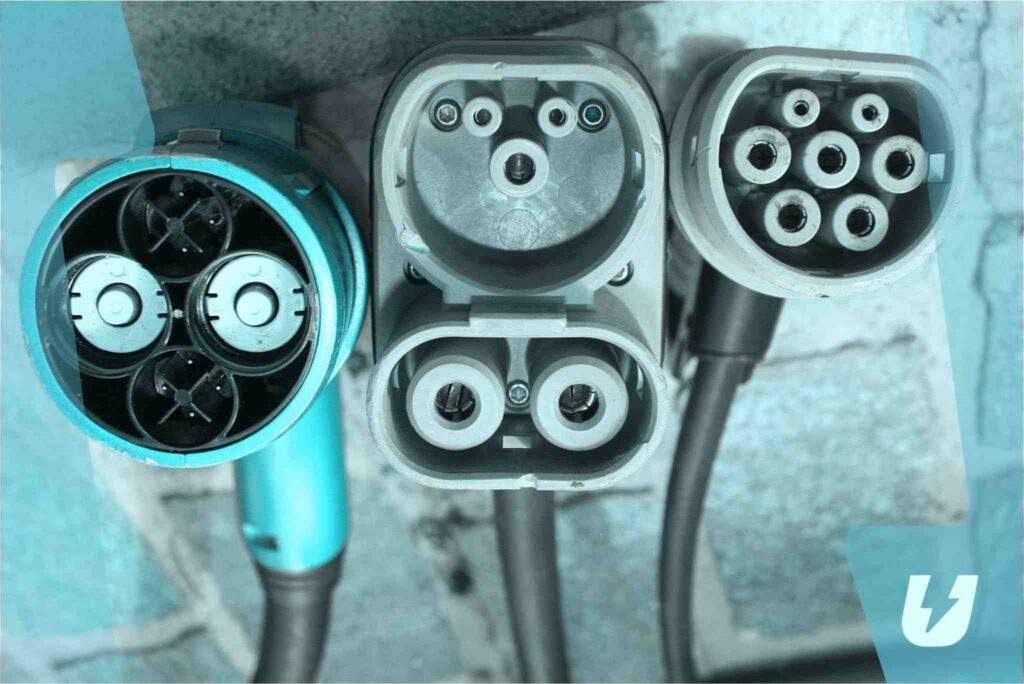
CHAdeMO 2.0 EV charger
An upgraded CHAdeMO 2.0 design can reach up to 400 kW by 1000 V, 400 A DC. CHAdeMO 2.0 enabled the standard to compete with CCS ‘ultra-fast’ stations built throughout the world as new networks like the IONITY charging consortium.
Tesla Superchargers
Tesla uses an exclusive ad-hoc standard that has a single Type 2 connector for AC and DC charging. Based on a proprietary protocol, it charges exclusively on Tesla Superchargers when used for DC charging.
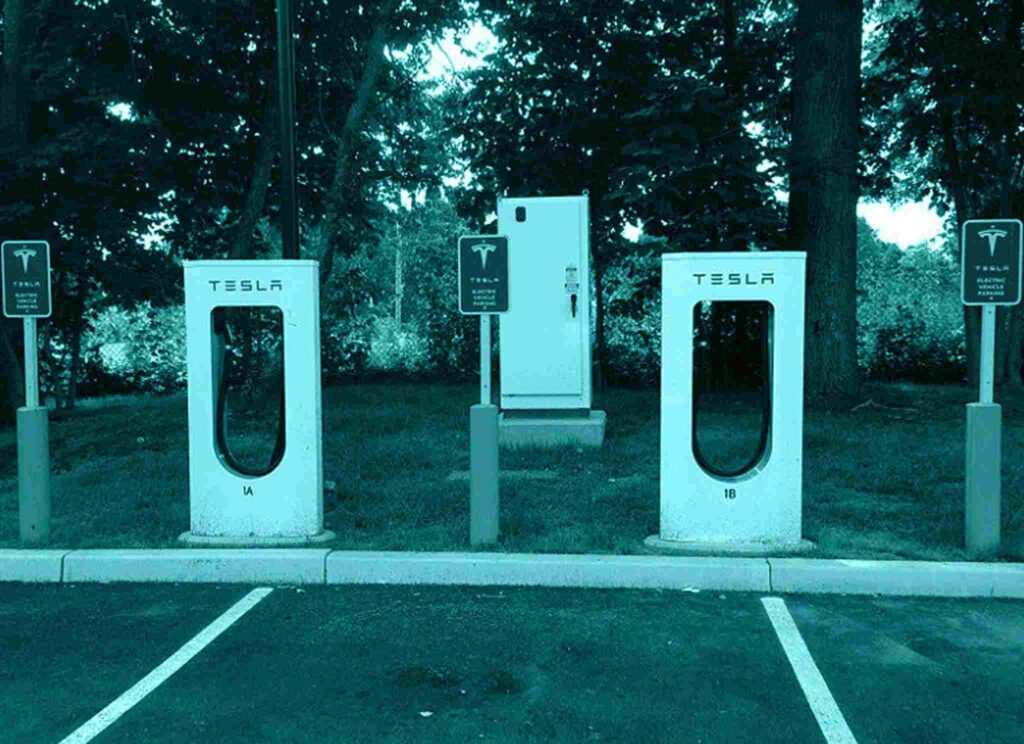
Tesla Super Charger
There are currently 592 Tesla Supercharger charging stations in Europe, and each stall has a connector to provide maximum electrical powers of up to 72 kW, 150 kW, or 250 kW.
Combined Charging System (CCS)
A combined Charging System or CCS uses both Combo 1 and 2 connectors to supply up to 350 kilowatts of power. The two connectors serve as extensions of Type 1 and 2 connectors, with two extra direct currents (DC) contacts for fast high-power DC charging.
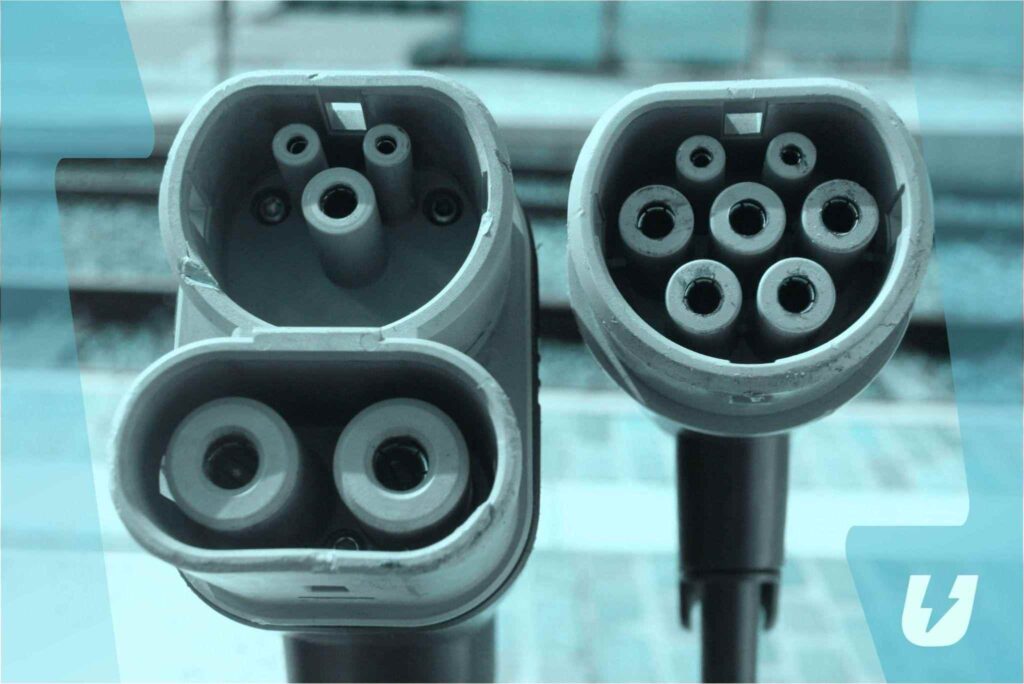
Combined Charging System
The Combined Charging System enables AC charging with Type 1 and 2 connectors depending on the region. The European Union (EU) has been requiring the manufacture of Combo 2 or Type 2 within the EU vehicle charging network since 2014.
According to standards, electric vehicle supply equipment can be capable of a combined charging system if they are compatible with AC or DC charging. Car manufacturers supporting CCS include the following brands – Check Here for more info.
Final Tip
If you’re looking for an affordable but reliable EV charger, look no further! Pump.io has some of the most affordable and good-quality EV chargers in the UK. Check out our product page, shop around, and take advantage of our amazing products and special offers!
Discover the fascinating details by clicking here to learn more: What is a Type 2 EV Charger?

